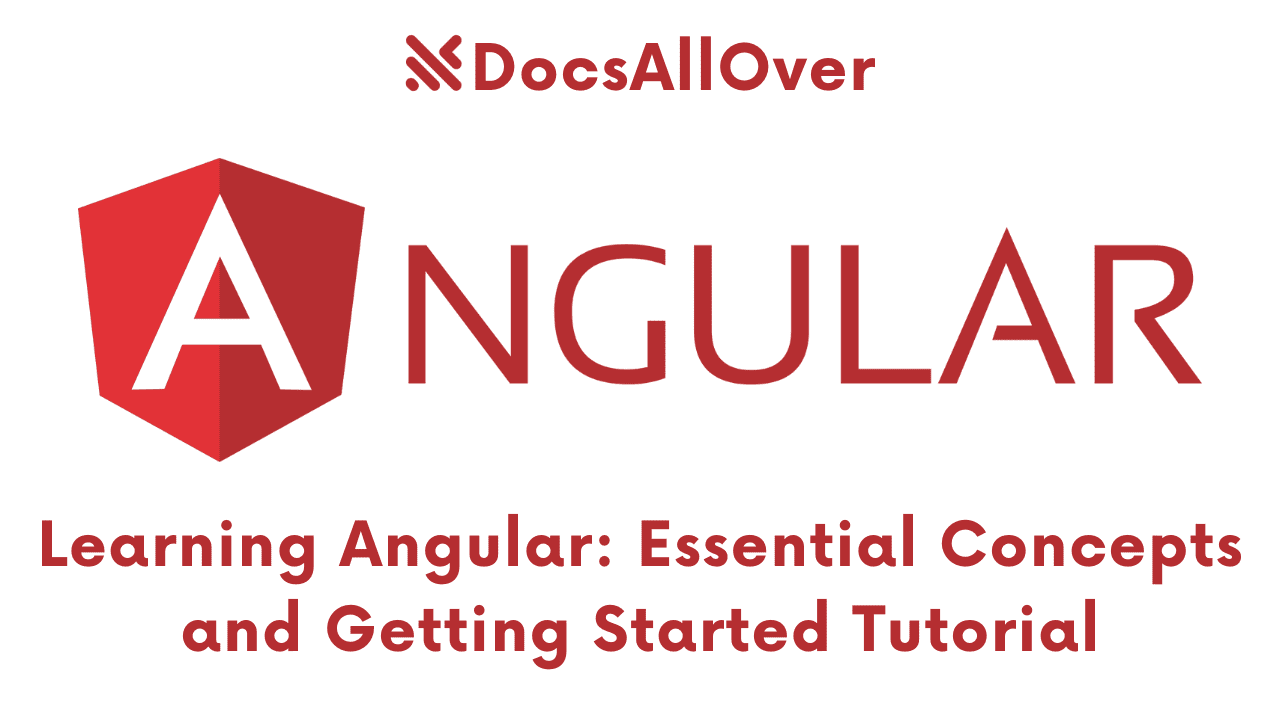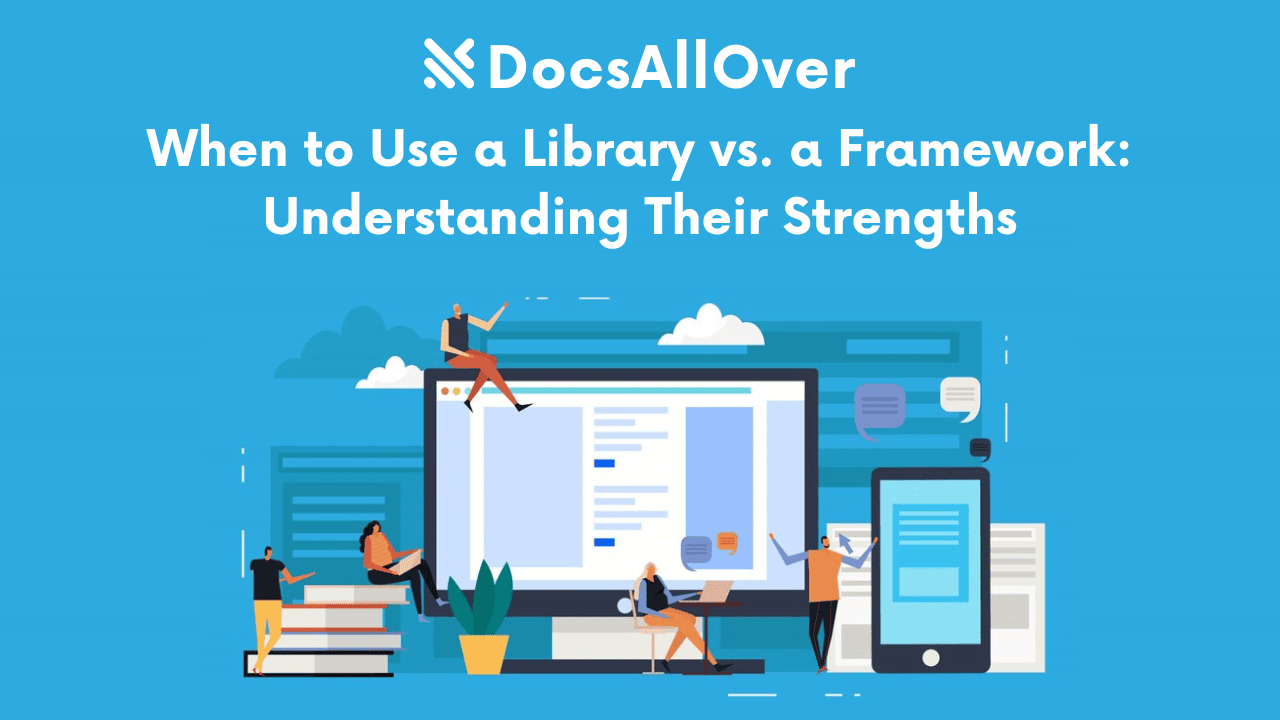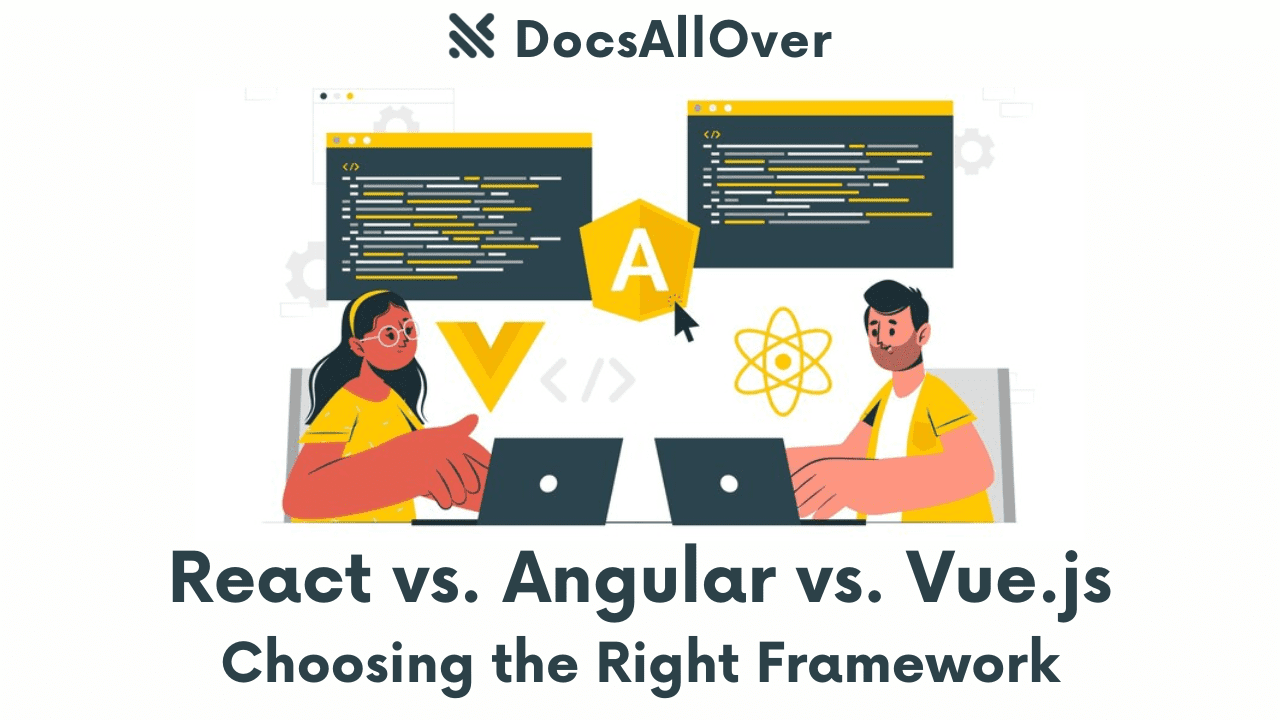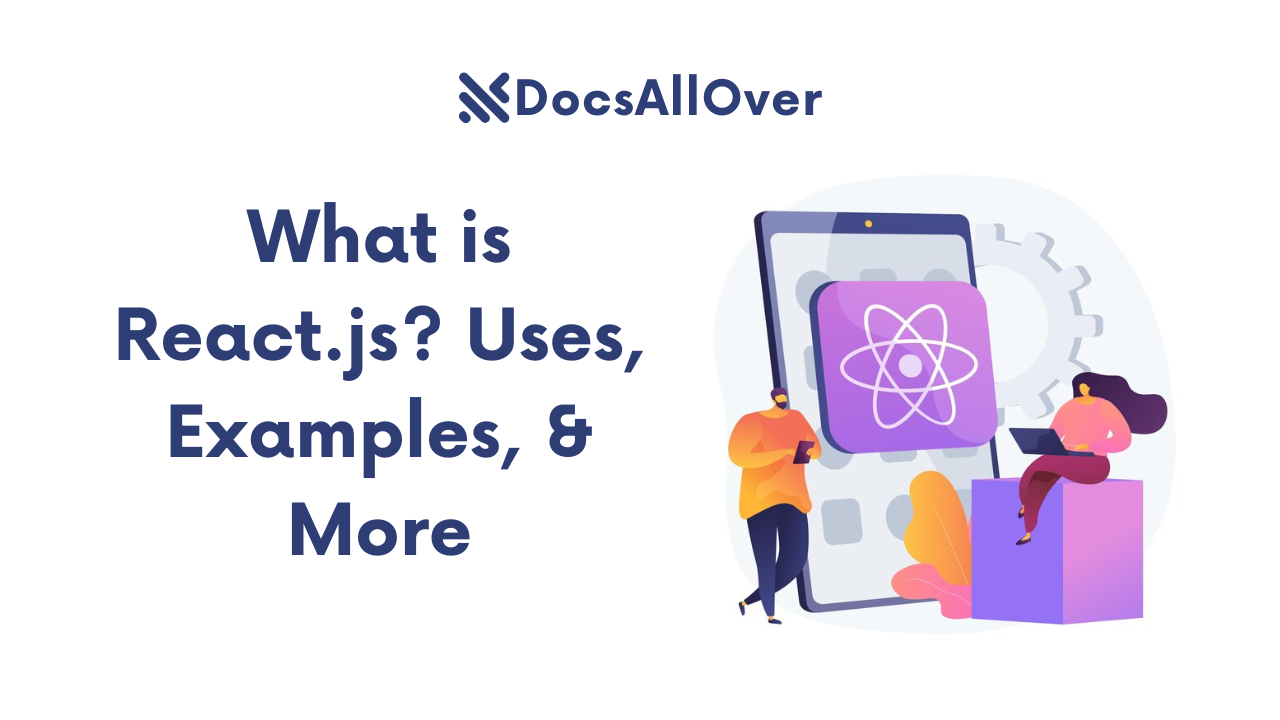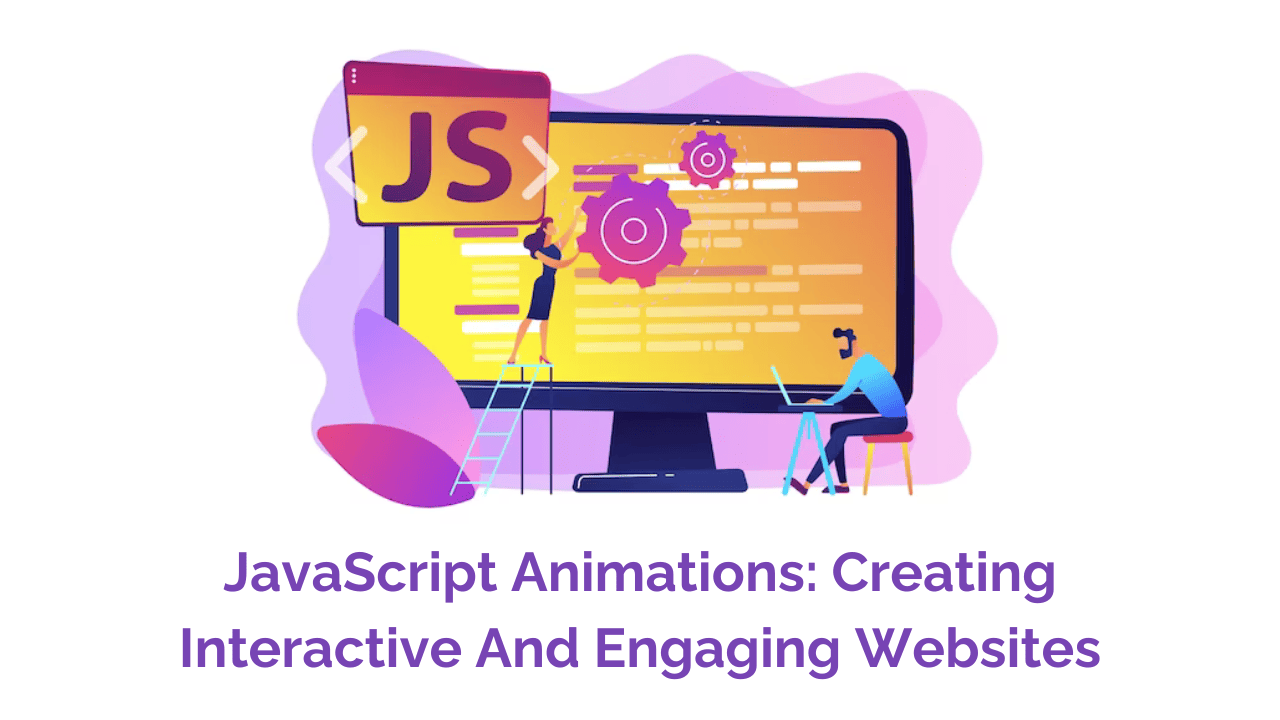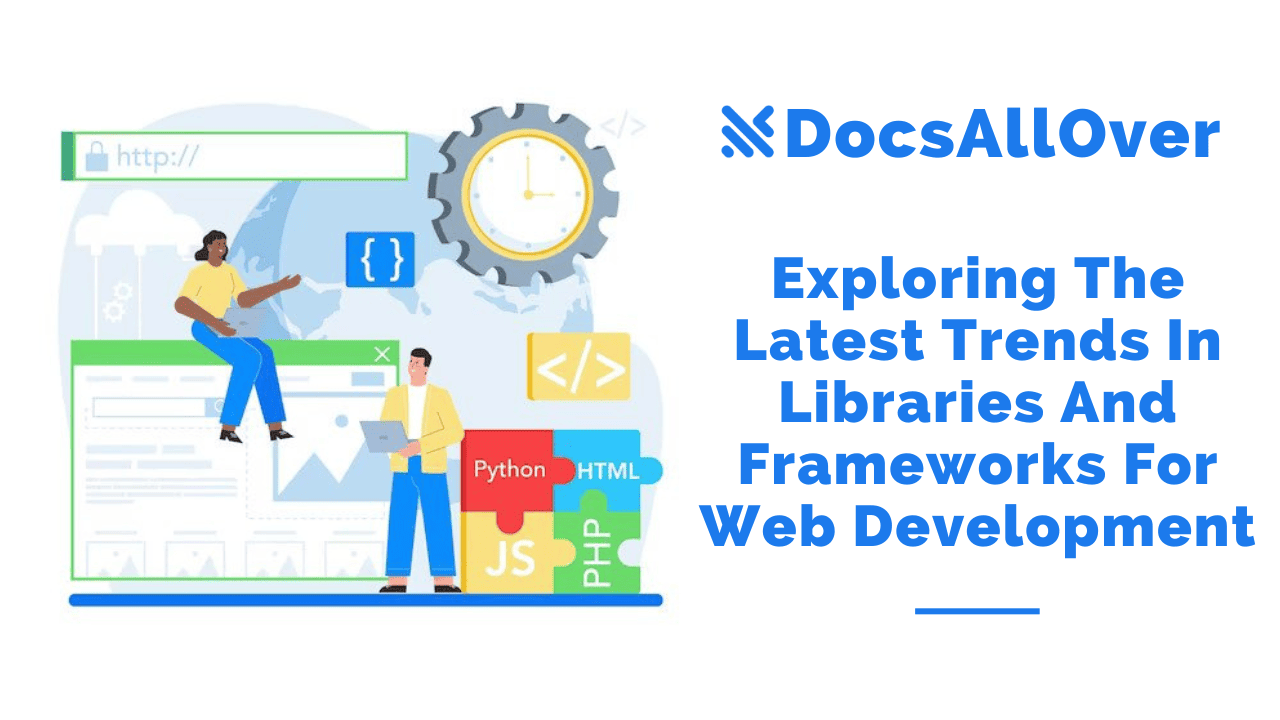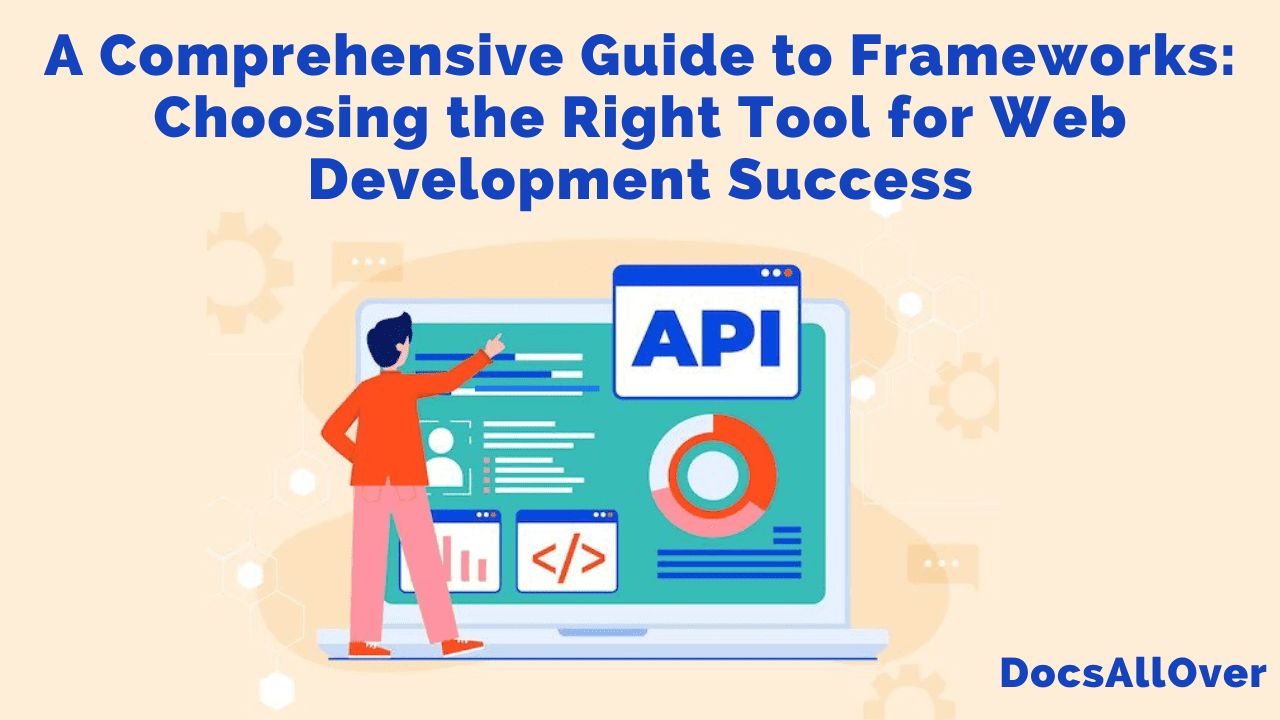Beyond the Big Three: Exploring Lesser-Known Frontend Frameworks
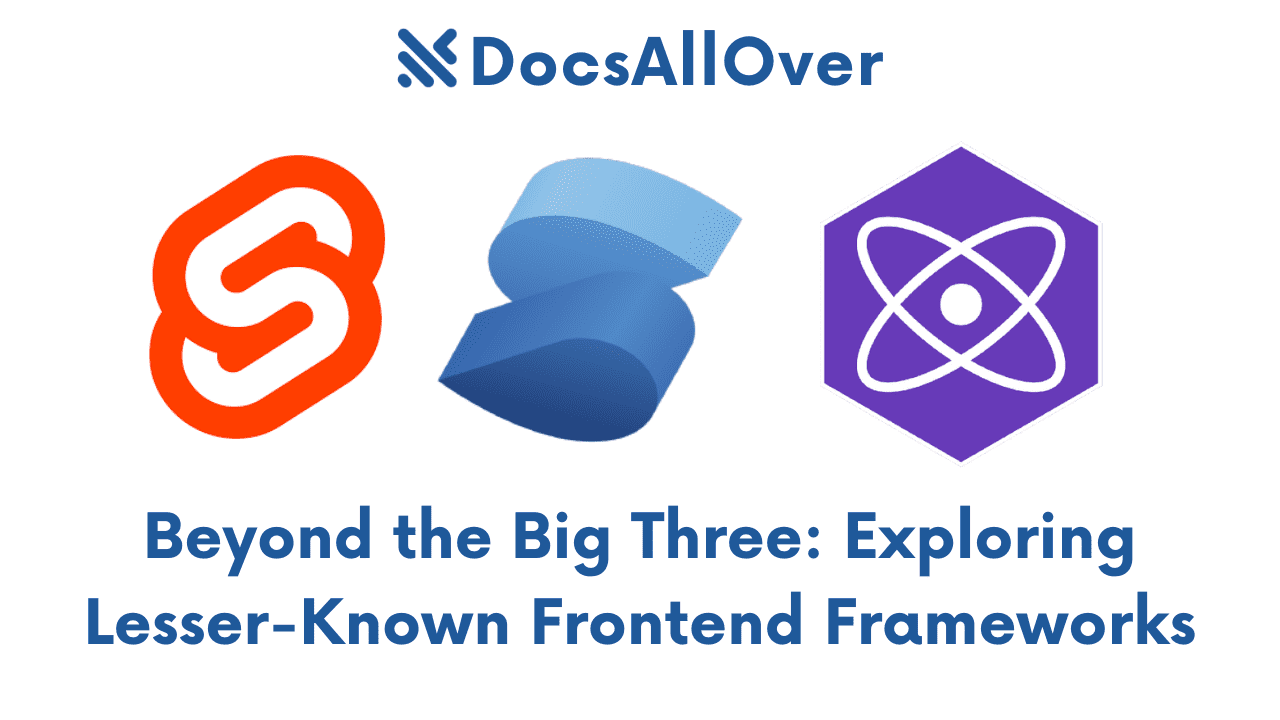
Introduction: Beyond the Big Three
The frontend development landscape has been dominated by the "Big Three" frameworks: React, Angular, and Vue.js. While these frameworks have proven their worth in countless projects, exploring lesser-known alternatives can offer unique advantages and potentially better suited solutions for specific needs.
The Need for Exploring Alternatives
- Project Requirements: Different projects may have distinct requirements that align better with alternative frameworks.
- Learning Curve: Some developers may find alternative frameworks easier to learn or more intuitive.
- Performance Considerations: Certain frameworks might offer performance advantages in specific scenarios.
- Community and Ecosystem: The size and activity of a framework's community can impact support and resources.
Benefits of Considering Lesser-Known Frameworks
- Innovation: Smaller frameworks often experiment with new ideas and approaches.
- Simplicity: Some frameworks may have a simpler learning curve or API.
- Performance: Certain frameworks can offer performance advantages in specific use cases.
- Customization: More flexibility to tailor the framework to your project's needs.
In the next section, we'll delve deeper into one of the lesser-known frameworks: Svelte.
Svelte: A Compiler-Based Approach
Introduction to Svelte
Svelte is a relatively new frontend framework that takes a different approach compared to traditional frameworks. Instead of relying on a virtual DOM, Svelte compiles your components into highly optimized JavaScript code at build time. This results in smaller bundle sizes and potentially better performance.
Key Features and Benefits
- Compiler-Based: Svelte's compiler transforms your components into efficient JavaScript code, eliminating the need for a virtual DOM.
- Declarative Syntax: Svelte uses a declarative syntax similar to other modern frameworks, making it easy to write components.
- Reactivity: Svelte's reactivity system automatically updates the DOM when data changes, without the need for explicit updates.
- Performance: Svelte often boasts faster initial load times and better performance due to its compiler-based approach.
- Simplicity: Svelte's API is relatively straightforward, reducing the learning curve for developers.
Comparison to React, Angular, and Vue
| Feature | Svelte | React | Angular | Vue |
|---|---|---|---|---|
| Virtual DOM | No | Yes | Yes | Yes |
| Compiler-Based | Yes | No | No | No |
| Reactivity | Built-in | Requires state management library | Built-in | Built-in |
| Learning Curve | Relatively easy | Moderate | Steep | Moderate |
Real-World Use Cases and Examples
Svelte has been adopted by various projects and companies, including:
- Websites: Svelte is used to build websites of varying complexity, from personal blogs to enterprise-level applications.
- Web Applications: Svelte can be used to create interactive web applications with rich user interfaces.
- Mobile Apps: Svelte can be used to build mobile apps using frameworks like Svelte Native or Capacitor.
Example:
Here's a simple Svelte component that displays a greeting:
In this example, the name prop is reactive, meaning the component will automatically update whenever the name value changes.
Svelte's simplicity and performance benefits make it a compelling choice for many frontend developers. Its growing community and ecosystem also contribute to its popularity.
SolidJS: Virtual DOM Reimagined

Introduction to SolidJS
SolidJS is a relatively new frontend framework that takes a unique approach to virtual DOM reconciliation. Unlike traditional frameworks that use a virtual DOM to represent the UI, SolidJS uses a reactive system that directly updates the real DOM. This approach can lead to improved performance in certain scenarios.
Core Concepts and Reactivity
- Signals: SolidJS uses signals to represent reactive values. When a signal's value changes, the UI is automatically updated.
- Memoization: SolidJS memoizes derived values to avoid unnecessary re-calculations.
- Conceptually Similar to React: SolidJS shares some similarities with React in terms of its component-based architecture and declarative syntax.
Performance Implications
- Direct DOM Updates: SolidJS's approach to directly updating the DOM can lead to improved performance in certain cases, especially when dealing with complex UI updates.
- Smaller Bundles: Due to its compiler-based approach, SolidJS can often generate smaller bundle sizes compared to frameworks that rely heavily on virtual DOM diffing.
- Performance Trade-offs: While SolidJS can be performant, its performance benefits may vary depending on specific use cases and comparison benchmarks.
When to Choose SolidJS Over Other Frameworks
- Performance-Critical Applications: If performance is a primary concern, SolidJS might be a good choice due to its direct DOM updates and smaller bundle sizes.
- Simplicity and Readability: SolidJS's reactive system can be easier to understand and use compared to some other frameworks.
- Unique Features: SolidJS offers features like memoization and context providers that can be beneficial in certain scenarios.
However, it's important to note that:
- Community and Ecosystem: SolidJS may have a smaller community and ecosystem compared to more established frameworks like React and Vue.
- Learning Curve: While SolidJS can be relatively easy to learn, there may be a learning curve associated with understanding its unique approach to reactivity.
Ultimately, the best framework for a project depends on various factors, including project requirements, team expertise, and personal preferences.
Preact: A Lightweight Alternative
Introduction to Preact
Preact is a tiny, fast, and efficient JavaScript library for building user interfaces. It's designed to be a highly compatible alternative to React, offering similar features and APIs while maintaining a smaller footprint.
Comparison to React
- Size: Preact is significantly smaller than React, leading to faster load times and reduced bundle sizes.
- API Similarity: Preact's API closely resembles React's, making it easy for developers familiar with React to transition.
- Performance: Preact often exhibits better performance due to its smaller size and optimized rendering engine.
- Features: Preact offers most of the essential features found in React, including JSX, components, state management, and lifecycle methods.
Use Cases and Performance Benefits
- Small-scale applications: Preact is well-suited for smaller applications where performance and bundle size are critical.
- Performance-critical components: If you have specific components that need to be optimized, Preact can be used to replace those components within a larger React application.
- Mobile web development: Preact's lightweight nature makes it a good choice for mobile web applications where performance is crucial.
Integration with React Ecosystem
Preact is designed to be highly compatible with React. It's possible to use Preact components within a larger React application, or even replace React with Preact entirely. This flexibility allows developers to leverage the best of both worlds, combining the performance benefits of Preact with the larger React ecosystem.
In summary, Preact offers a lightweight and performant alternative to React, making it a compelling choice for projects where size and speed are paramount.
Other Notable Frameworks
Lit
- Framework: A web component library from Google.
- Key Features: Declarative syntax, efficient rendering, and integration with existing web components.
- Use Cases: Building custom web components, creating reusable UI elements, and integrating with existing frontend architectures.
Qwik
- Framework: A performance-focused framework that leverages server-side rendering and hydration.
- Key Features: Fast initial load times, minimal JavaScript on the client-side, and efficient updates.
- Use Cases: Building large-scale web applications with a focus on performance and user experience.
Alpine.js
- Framework: A lightweight, minimalist framework for adding dynamic behavior to HTML.
- Key Features: Simple API, minimal dependencies, and easy integration with existing HTML structures.
- Use Cases: Small-scale projects, adding basic interactivity to static HTML pages, and creating lightweight components.
These are just a few examples of other notable frontend frameworks. The choice of framework ultimately depends on your specific project requirements, team expertise, and desired features.
Framework Selection Criteria
When choosing a frontend framework, it's essential to consider several key factors:
Key Factors to Consider
- Project Requirements:
- Complexity: The size and complexity of your project will influence the choice of framework.
- Performance: If performance is critical, consider frameworks that optimize for speed.
- Features: Evaluate if the framework provides the necessary features and integrations.
- Team Expertise: Consider the skills and experience of your team members.
- Learning Curve: Evaluate the ease of learning and adoption for your team.
- Community and Ecosystem: A large and active community can provide support, resources, and third-party libraries.
- Long-Term Viability: Consider the framework's future and its potential for long-term support.
Performance Benchmarks and Comparisons
- Performance Metrics: Evaluate factors like initial load time, rendering performance, and memory usage.
- Benchmarking Tools: Use tools like jsbench.me or Lighthouse to compare performance.
Community Support and Ecosystem
- Size and Activity: A large and active community can provide support, resources, and third-party libraries.
- Documentation and Tutorials: Availability of quality documentation and tutorials.
- Ecosystem: The availability of tools, plugins, and integrations.
Project Requirements and Team Expertise
- Project Size: For smaller projects, a lightweight framework might be sufficient.
- Team Experience: Consider the team's familiarity with different frameworks.
- Specific Features: Evaluate if the framework meets the project's specific requirements.
By carefully considering these factors, you can select the frontend framework that best aligns with your project's goals and your team's capabilities.

